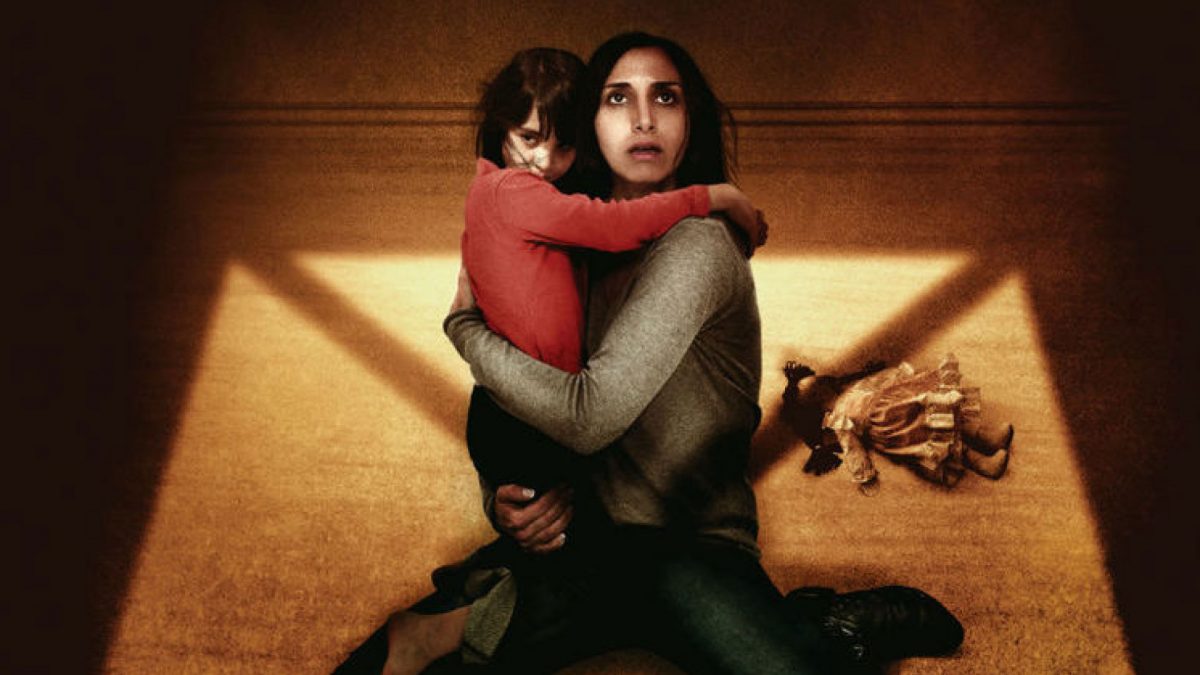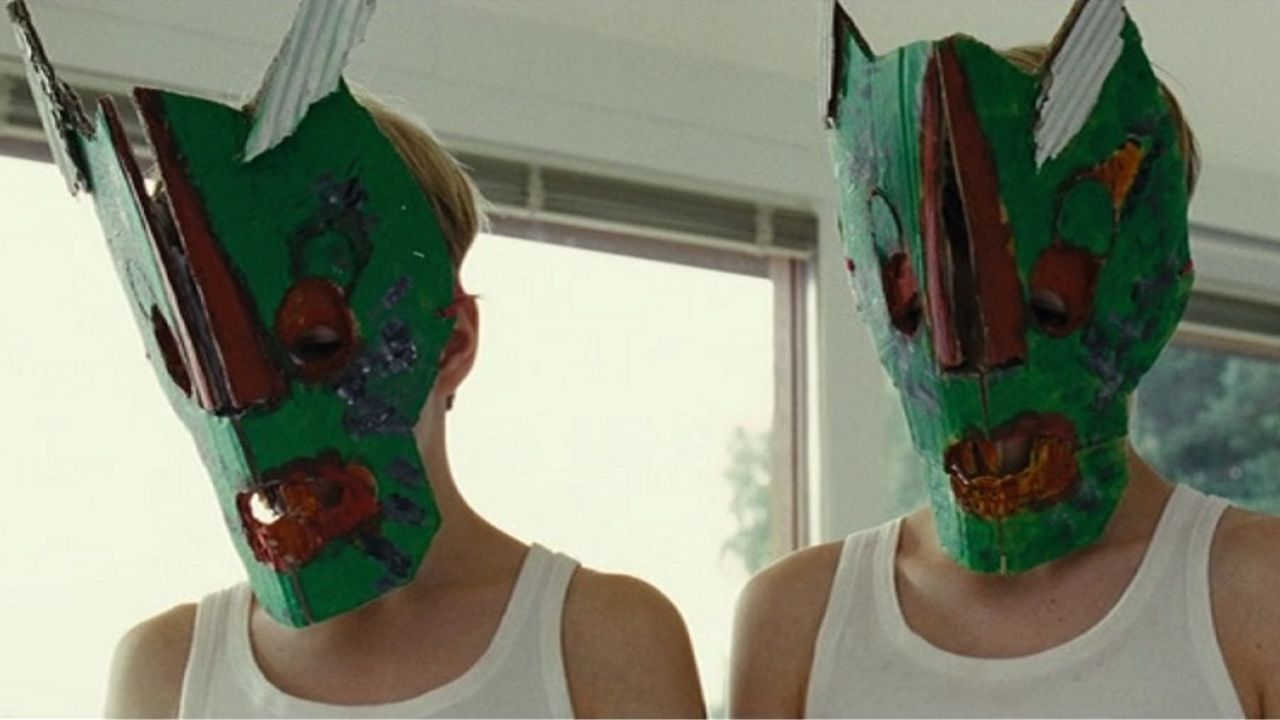You don’t find a lot of outright war/horror genre mashups, but there are a few. Most of them involve murdering Nazis (yay!!). But the shadow of war—its threat, its echoes, its reach toward civilians, its leftover orphans, its cowards and criminals—that influences horror. The Last Circus, Dead Birds, A Serbian Film, 2019’s Guatemalan La Llorona, even The Others – all solid genre films all reeling from the memory of war. But we have other favorites:
5. Ravenous (1999)
The blackest of comedies, the film travels back to the time of the Mexican/American War to throw us in with a cowardly soldier (Guy Pearce) reassigned to a mountainous California outpost where a weary soul wanders into camp with a tale of the unthinkable – his wagon train fell to bad directions, worse weather, and a guide with a taste for human flesh.
Pearce is great as the protagonist struggling against his own demons, trying to achieve some kind of peace with himself and his own shortcomings, but Robert Carlyle steals this movie.
As the wraithlike Colonel Ives, he makes the perfect devil stand-in. Smooth, compelling and wicked, he offsets Pearce’s tortured soul perfectly. The pair heighten the tensions with some almost-sexual tension, which director Antonia Bird capitalizes on brilliantly.
4. Jacob’s Ladder (1990)
Tim Robbins plays Vietnam vet Jacob Singer with a weary sweetness that’s almost too tender and vulnerable to bear. In a blistering supporting turn, Elizabeth Pena impresses as the passionate carnal angel Jezebel. The real star here, weirdly enough, is director Adrian Lyne.
Known more for erotic thrillers, here he beautifully articulates a dreamscape that keeps you guessing. The New York of the film crawls with unseemly creatures hiding among us. Filmed as a grimy, colorless nightmare, Jacob’s Ladder creates an atmosphere of paranoia and dread.
3. The Devil’s Backbone (2001)
The Devil’s Backbone unravels a spectral mystery during Spain’s civil war. The son of a fallen comrade finds himself in an isolated orphanage that has its own troubles to deal with, now that the war is coming to a close and the facility’s staff sympathized with the wrong side. That leaves few resources to help him with a bully, a sadistic handyman, or the ghost.
Backbone is a slow burn as interested in atmosphere and character development as it is in the tragedy of a generation of war orphans. This is ripe ground for a haunted tale, and writer/director Guillermo del Toro’s achievement is both contextually beautiful – war, ghost stories, religion and communism being equally incomprehensible to a pack of lonely boys – and elegantly filmed.
2. Under the Shadow (2016)
First-time feature filmmaker, Iranian Babak Anvari, treads familiar ground yet manages to shift focus entirely and create the profound and unsettling Under the Shadow.
The tale is set in Tehran circa 1988, at the height of the Iran/Iraq war and just a few years into the “Cultural Revolution” that enforced fundamentalist ideologies. Shideh (Narges Rashidi) and her young daughter Dorsa (Avin Manshadi) shelter in their apartment as missiles rain on Tehran.
Frazzled, impatient, judged and constrained from all sides, Shideh’s nerve is hit with this threat. And as external and internal anxieties build, she’s no longer sure what she’s seeing, what she’s thinking, or what the hell to do about it. The fact that this menacing presence – a djinn, or wind spirit – takes the shape of a flapping, floating burka is no random choice. Shideh’s failure in this moment will determine her daughter’s entire future.
1. Pan’s Labyrinth (2006)
Guillermo del Toro’s masterpiece is Influenced visually and logically by fairy tales. It takes us to a fairy tale land but is not set on any existing fairy tale, not unlike Argento’s greatest work, Suspiria (1977), and Jee-woon Kim’s brilliant Tale of Two Sisters (2003).
But honestly, there is nothing on earth quite like Pan’s Labyrinth. A mythical cousin to del Toro’s beautiful 2002 ghost story The Devil’s Backbone, Pan’s Labyrinth follows a terrified, displaced little girl who may be the reincarnation of Princess Moanna, daughter of the King of the Underworld. She must complete three tasks to rejoin her father in her magical realm.
A heartbreaking fantasy about the costs of war, the film boasts amazing performances. Few people play villains—in any language—as well as Sergi Lopez, and Doug Jones inspires terror and wonder in two different roles. But the real star here is del Toro’s imagination, which has never had such a beautiful outlet.





